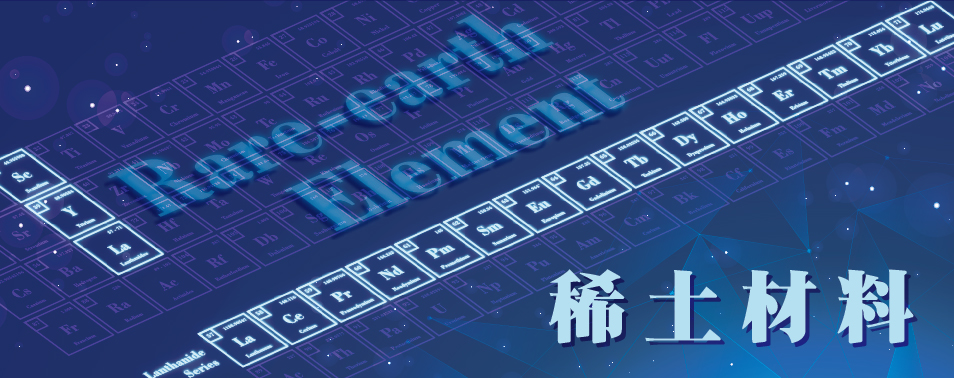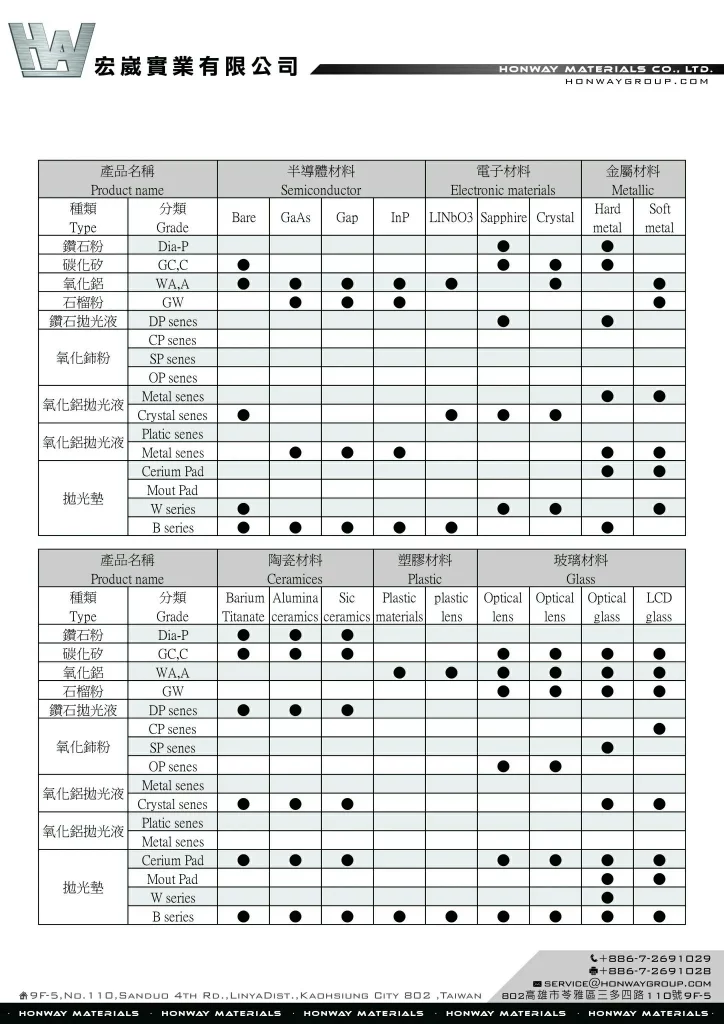
Rare earth materials are widely used, in addition to cell phones, TV screens, stereos, and energy-saving light bulbs, which are closely related to our lives, they are also important materials for the production of many high-tech products, such as electric cars, magnetic levitation trains, the nuclear energy industry, and superconductors, and so forth, all of which are essential. Therefore, rare earths play an important role in the materials industry.
Table of Contents
Introduction to Rare Earth Material
Rare earth elements (REEs), also known as rare earth metals, rare earth material, consist of 17 elements from Group III of the periodic table, including scandium, yttrium, and the lanthanide series. The uniqueness of rare earth elements lies in their special electronic structure, high chemical reactivity, and relatively large atomic radii, which give them significant potential for enhancing various properties in metals and alloys.
- I. Metamorphism: After the addition of rare earth elements to the alloy, the organization structure will be significantly refined.
- II. purification effect: rare earth element activity, and there is crystal surface adsorption, so often interact with impurity elements in the metal to generate stable compounds distributed on the grain boundary, thereby reducing the impurity content of the solid solution to improve the mechanical and physical properties of the metal.
- *Solid solution refers to the alloy phase in which solute atoms are dissolved into the solvent lattice while still retaining the solvent type.
- *Solid solution refers to the alloy phase in which solute atoms are dissolved into the solvent lattice while still retaining the solvent type.
- III.Strengthening effect: there is a certain solid solubility in the metal. In the solid solubility of small iron, cobalt, nickel and other metals for the alloying effect, and then at the same time the grain boundaries of the polymerization inhibit grain growth, improve the metal and alloy deformation resistance and fracture resistance.
- *Solid solubility:The concentration of solute in a saturatedsolid solutionformed by solid solution of solute in solvent.
- *Grain growthis actually just a grain boundary displacement process
- IV. Improvement of high-temperature mechanical properties: refinement of the alloy organization, but also to prevent the growth of grain size during the heating process, which can improve the high-temperature fracture resistance of metallic alloys.
- V. Resistance to high temperature corrosion and oxidation resistance: rare earth to improve the structure of the oxide mill, improve the adhesion of the oxide film and the substrate, not easy to peel off good protection, significantly improve the oxidizing properties.
- VI.Surface modification: It can increase the penetration speed and penetration thickness of the surface treatment of metal components, reduce the total penetration temperature, save energy, and improve the anti-abrasion and anti-corrosion properties of the surface penetration layer.
Application of Rare Earth Materials
- 1.Rare earth polishing materials: Rare earth polishing of glass devices is mainly based on CeO2. New cerium oxide-based rare earth polishing powder is mainly used in liquid crystal displays, integrated glass, storage discs, precision optical glass, etc.
- 2.Rare earth magnetic materials: neodymium, Samarium, Praseodymiu,Dysprosium and so on are the main raw materials for making modern super permanent magnetic materials, whose magnetic properties are 4-10 times higher than those of ordinary permanent magnetic materials, and are widely used in high-tech fields, such as TV, audio, medical equipment, magnetic levitation trains, and military industries, etc. Rare earth cobalt and neodymium iron boron permanent magnetic materials have excellent magnetic properties, and are widely used in electronic and aerospace industries. Rare-earth cobalt and neodymium iron boron permanent magnet materials, with the characteristics of excellent magnetic materials, are widely used in the electronics and aerospace industries.
- 3. Rare earth catalysts/catalytic materials: In addition to being used in the manufacture of catalysts for oil cracking, they are also widely used in many chemical reactions. Rare earths are also used in automobile exhaust purification to improve the mechanical strength of the catalyst carrier, convert toxic CO into CO2, and increase catalyst activity.
- 4. Rare-earth storage materials: Compounds of rare earths with the transition metal nickel, such as MMNi5 (where MM stands for mixed rare-earth metals) and LaNi5, are excellent hydrogen absorption materials, often referred to as “hydrogen sponges.” LaNi5, discovered by the Dutch company Philips, exhibits exceptional hydrogen storage performance, with a theoretical capacity reaching 372 Watt-hours per kilogram. It has the unique property of absorbing hydrogen when heated and releasing it when cooled, as represented by the chemical reaction: LaNi5 + 3H2 → LaNi5H6.
- 5. Rare earth photoluminescent/optical materials: Due to the special electronic structure layer of rare earth elements, it has rich electronic energy level and photoluminescent excited state, which can produce rich radiation absorption and emission, covering almost from the ultraviolet to the visible range of red light. Therefore, they are widely used in the fields of information display, medical treatment, lighting, high-energy particle detection and recording, optoelectronic communication, military and so on.
- 6.Rare earth superconducting materials:They have zero resistance and are completely antimagnetic. The superconducting materials made of improved perylene-based oxides of the element copper-oxygen in barium can be used in the temperature region of liquid nitrogen, and the superconducting materials can be used in the temperature region of liquid nitrogen.<-196℃(<77K°)The acquisition of superconductors has led to a major breakthrough in superconducting materials.。
- 7. Metallurgical industry: the metallurgical industry of rare earths in a large amount, accounting for 1 / 3 of the total amount of rare earth elements and oxygen and sulfur easy to generate a high melting point and plasticity at high temperatures is very small oxides, sulfides and sulfur-oxygen compounds and so on. Add rare earths in steel, can play the role of desulfurization and deoxygenation, improve the normal and low temperature toughness of steel, reduce the thermal embrittlement of some steel and can improve the processability and the firmness of welded parts.
- 8. National defense applications: rare earths in the road, sea, air, information and telecommunications military have an important role to play, for example: used in armor steel, artillery components, tanks, laser ranging, the use of spacecraft structural components, as well as electronic interference with the war with the travelling wave tube and so on.
Honway
We provide a wide range of rare earth materials, welcome to refer to the purchase.
If you have any questions, please feel free to leave a comment below or write to us!

